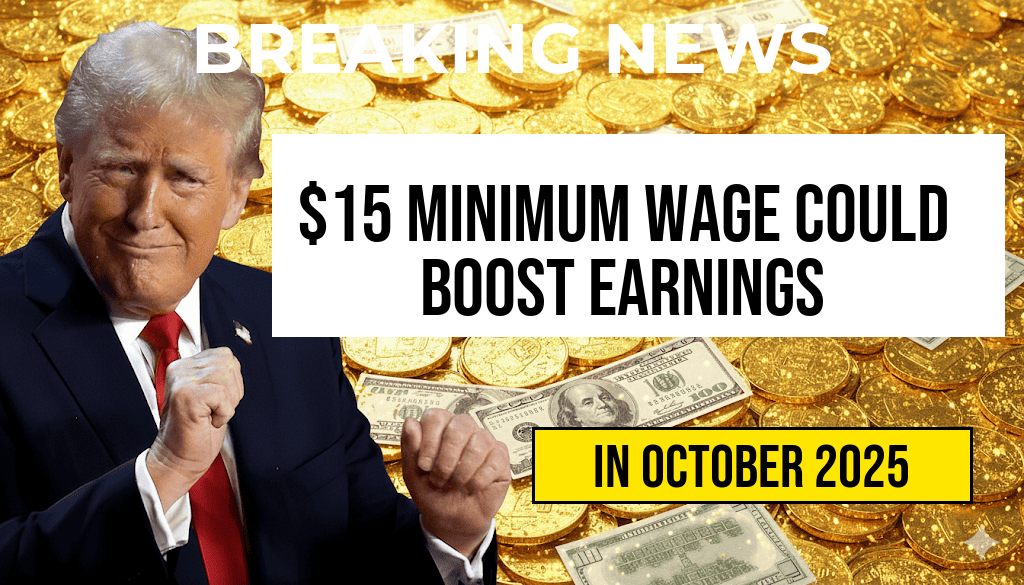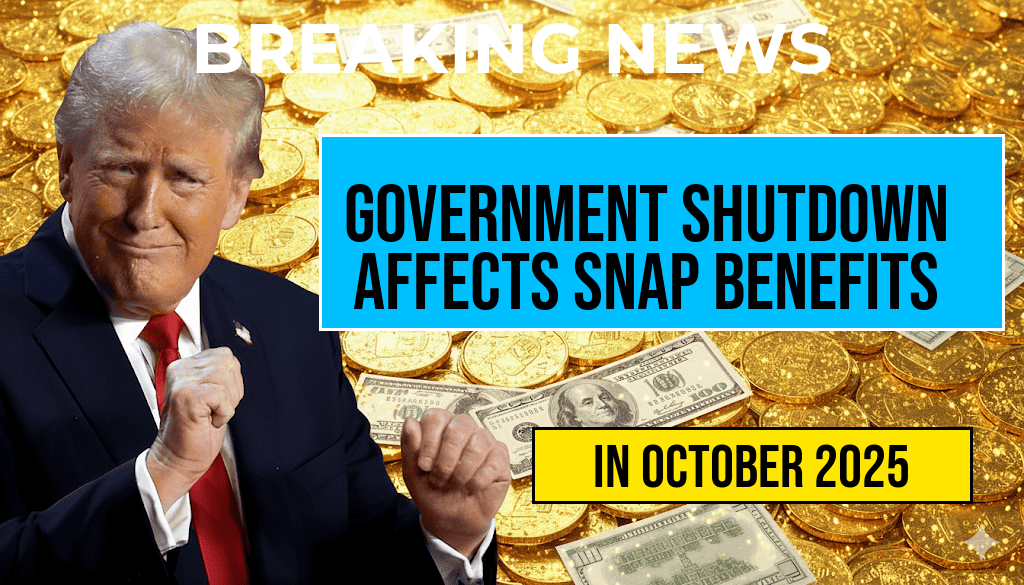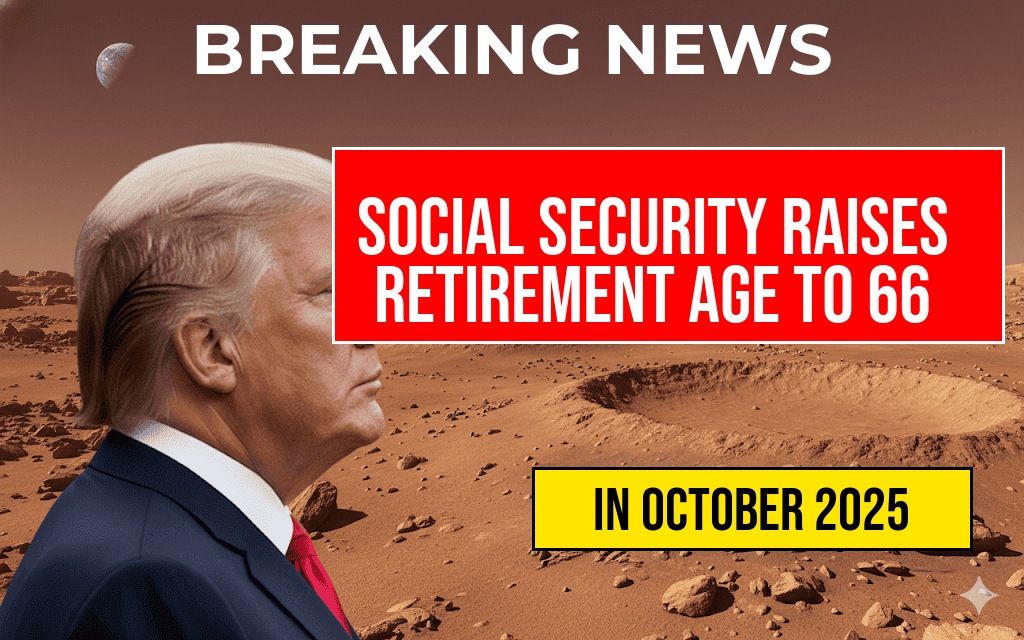A recent study suggests that increasing the federal minimum wage to $15 per hour could significantly impact millions of American workers, potentially boosting annual earnings by approximately $3,300 for around 32 million workers. The analysis, conducted by economists and labor experts, examines the economic and social implications of such a policy shift amid ongoing debates over living wages and income inequality. If implemented nationwide, this wage increase could reshape the financial landscape for low-income earners, providing greater economic stability and purchasing power. The findings come as policymakers and advocacy groups push for federal wage reforms, arguing that a higher minimum could reduce poverty and stimulate economic activity. However, critics warn of potential unintended consequences, including increased labor costs for employers and possible impacts on employment levels.
Projected Financial Gains for Workers and Broader Economic Impacts
Estimated Earnings Increase
| Number of Workers Affected | Average Increase per Worker | Total Additional Earnings |
|---|---|---|
| 32 million | $3,300 | $105.6 billion |
The analysis indicates that raising the federal minimum wage to $15 per hour could lead to an average increase of about $3,300 annually per worker. This projection accounts for workers currently earning below the proposed new threshold, many of whom work full-time or part-time in sectors such as retail, hospitality, and healthcare. The aggregate effect would be an infusion of over $105 billion into the economy annually, assuming full compliance and no significant shifts in employment patterns.
Implications for Income Inequality and Poverty Reduction
Advocates argue that a higher minimum wage can serve as a vital tool in reducing income disparities and lifting families out of poverty. Data from previous wage hikes suggest that increased earnings translate into better health outcomes, improved educational opportunities for children, and enhanced economic mobility. According to estimates from Wikipedia’s page on income inequality in the U.S., wage increases for low-income workers could narrow the income gap and promote broader economic stability.
Potential Challenges and Concerns
Impact on Employment and Business Costs
Despite the potential benefits, critics contend that a mandated rise to $15 per hour could lead to increased costs for employers, especially small businesses. Some economic models predict that higher wages might prompt employers to cut hours, reduce staff, or automate roles to offset increased labor expenses. A report from Forbes highlights the mixed evidence surrounding employment effects, with some sectors experiencing minimal impact while others face notable adjustments.
Regional Variations and Cost of Living Considerations
Wages that are sufficient in urban centers with high living costs may be less impactful or even problematic in rural areas where the cost of living is lower. Policymakers are debating whether a uniform federal minimum wage effectively addresses regional disparities or if localized adjustments could better serve diverse economic landscapes.
Policy Context and Future Outlook
Efforts to raise the federal minimum wage have gained momentum amid widespread public support and shifting political dynamics. The Biden administration has expressed backing for a $15 minimum, framing it as a step toward economic fairness. However, legislative approval remains uncertain, facing opposition from some lawmakers concerned about economic impacts and federal budget considerations.
Several states and municipalities have already implemented or are considering wages at or above the $15 mark, providing real-world examples of how such policies function at local levels. As debates continue, stakeholders emphasize the importance of balancing wage increases with economic competitiveness and employment levels.
For more on the ongoing discussions around minimum wage policies, including regional variations and economic studies, visit Wikipedia’s overview of minimum wage in the U.S. and consult reports from economic research groups such as the Brookings Institution.
Frequently Asked Questions
What is the proposed federal minimum wage increase discussed in the article?
The article discusses a proposed increase of the federal minimum wage to fifteen dollars per hour.
How many workers could benefit from the increase to fifteen dollars an hour?
Approximately thirty-two million workers could see benefits from the minimum wage increase.
What is the estimated annual earnings boost for workers if the minimum wage is raised to fifteen dollars?
Workers could see an annual earnings increase of about three thousand three hundred dollars.
How might this minimum wage increase impact the overall economy?
The increase could potentially boost consumer spending and improve financial stability for millions of workers, positively influencing the economy.
What are some potential challenges or criticisms associated with raising the federal minimum wage to fifteen dollars?
Critics argue that a significant wage increase could lead to higher business costs, potential job losses, or increased automation in some industries.







